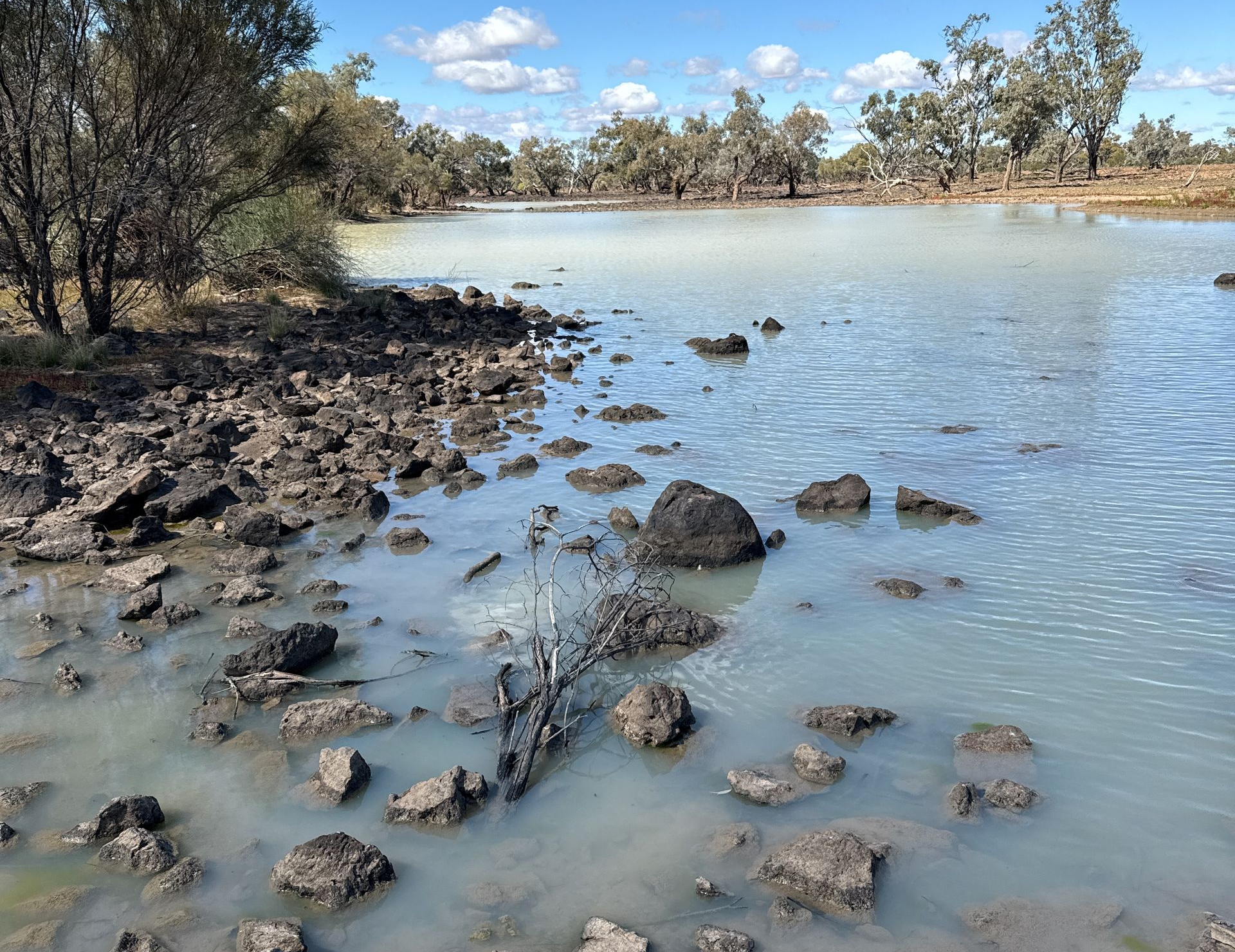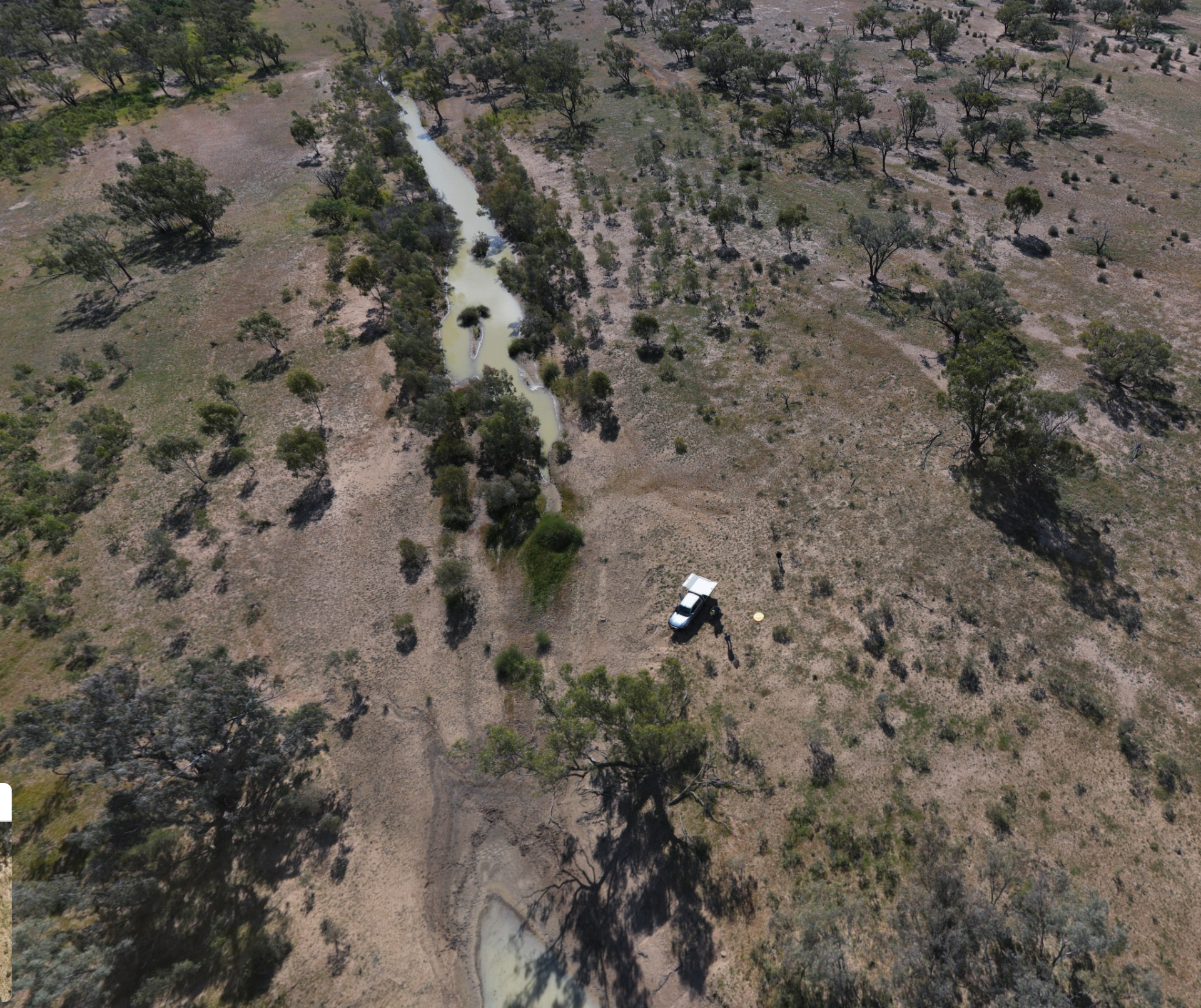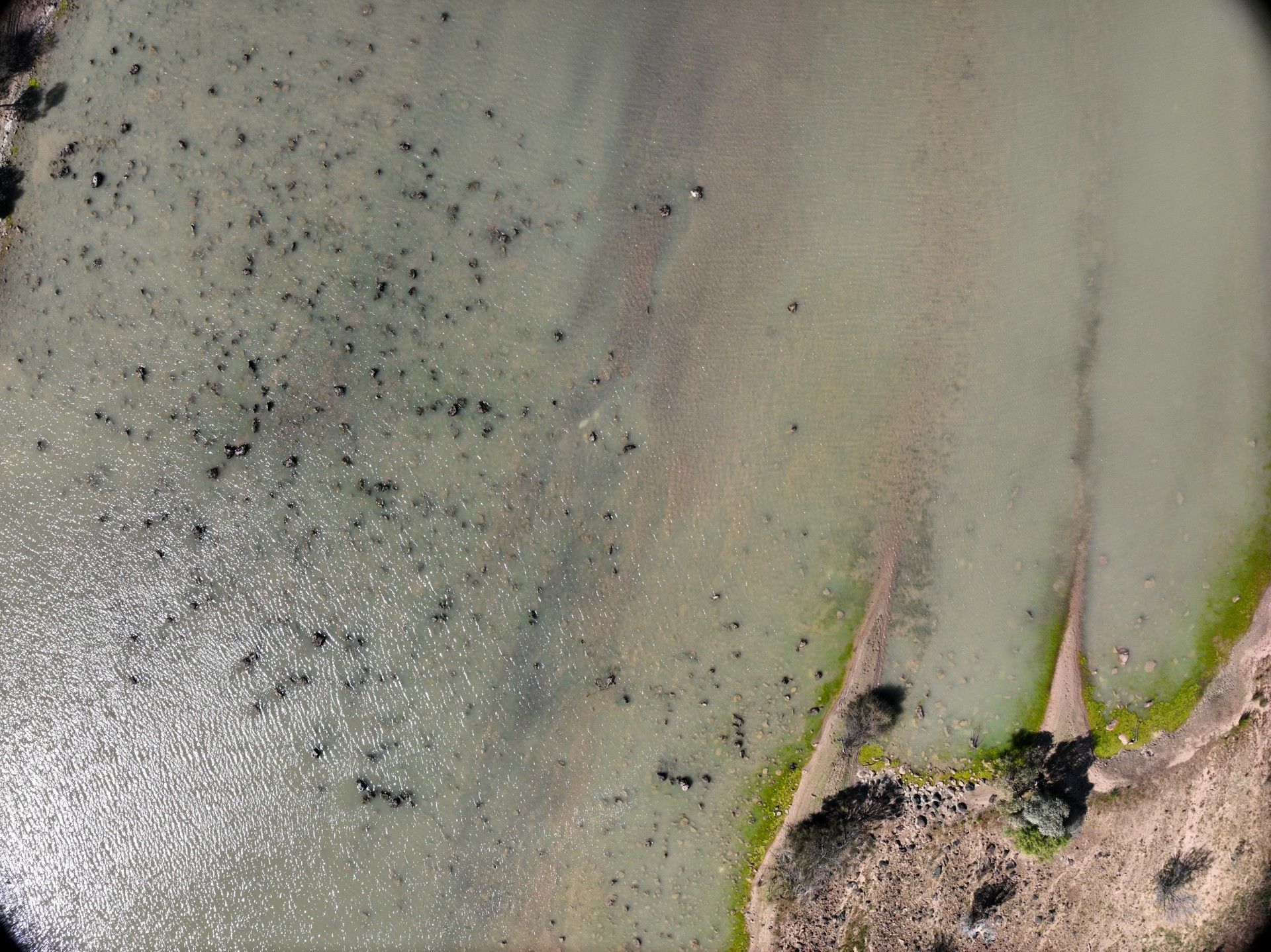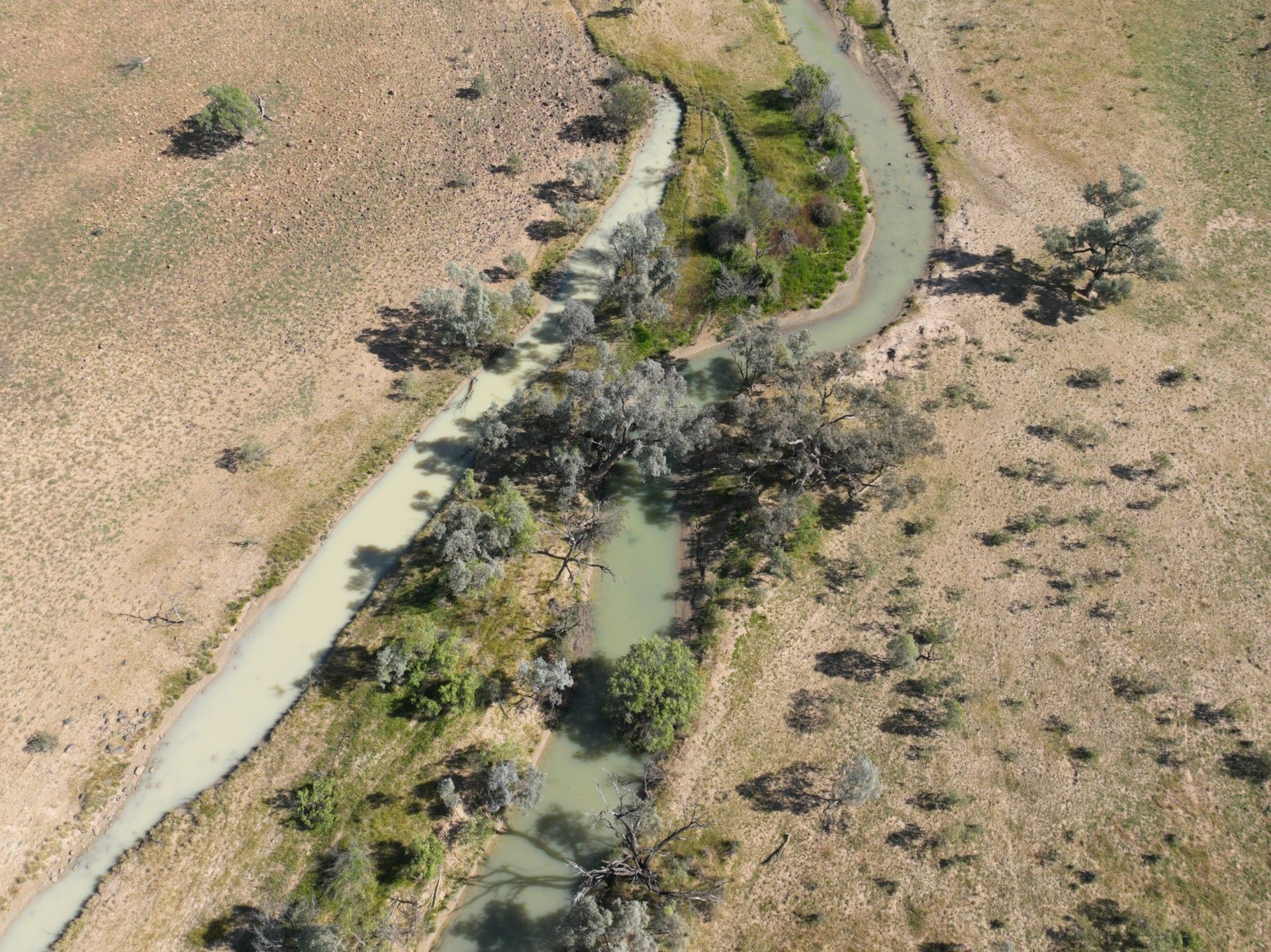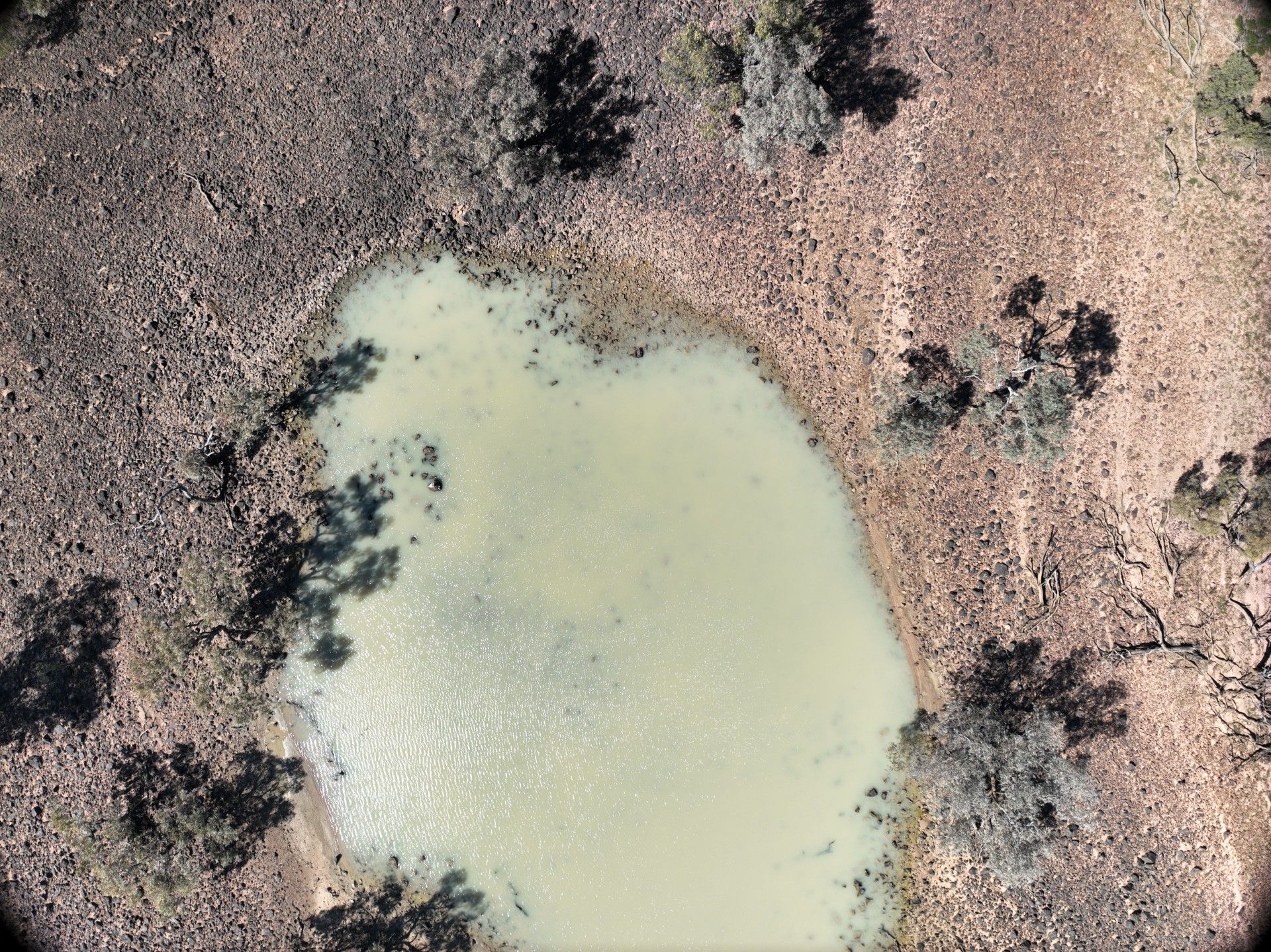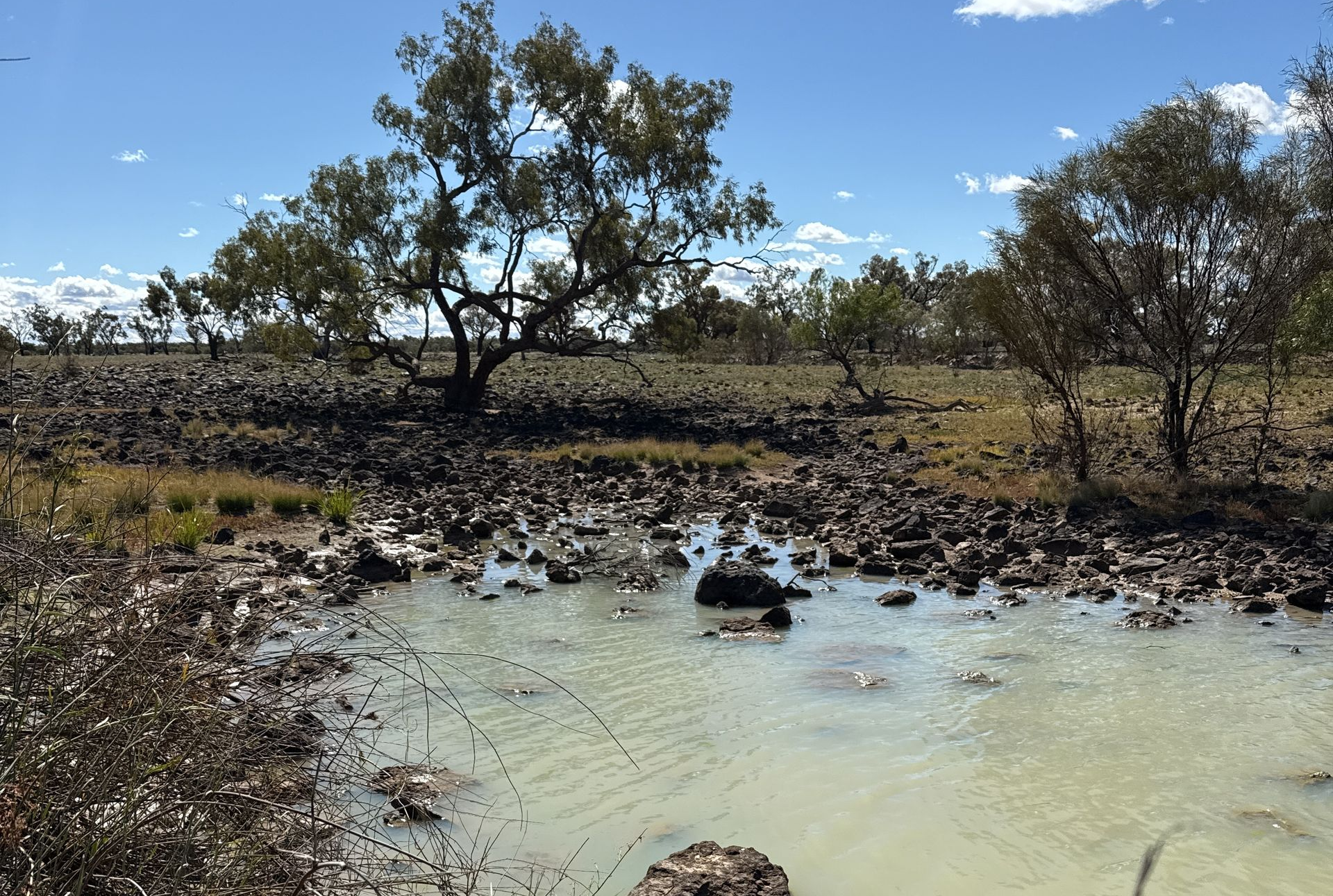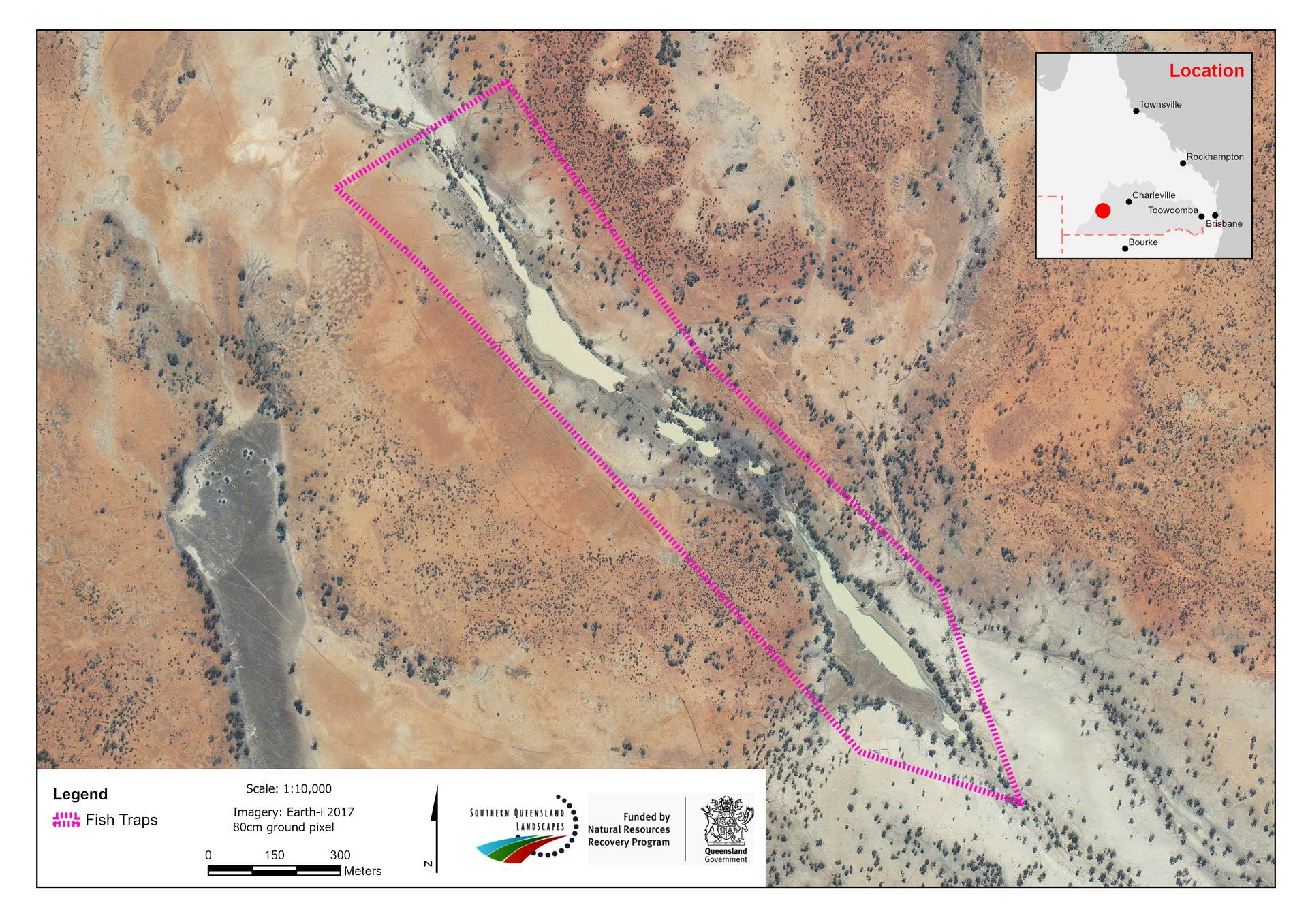Finding Common Ground: Partnerships to Care for Ancient Fish Traps and Country
How a community-led partnership is helping to protect important cultural assets and improve land condition outcomes in the Upper Bulloo River Catchment.
This unique partnership began in 2008 with a landmark Cultural Heritage agreement between the Margany People and the Tully family landholders, aimed at protecting and restoring Fish Traps over 5,000 years old. Situated south of Quilpie along Manu Manu Creek, the site was once a meeting place for many tribes, where Gulu (Yellowbelly fish) were caught and enjoyed as a primary food source.
Southern Queensland Landscapes, through funding received from the Queensland Government's Natural Resources Recovery Program, is supporting this partnership by funding land management improvement works that will in part be completed by the Margany People. The works will include cool burning, water quality monitoring and pest management, which will improve landscape rehydration and soil health on surrounding grazing land, in turn protecting the river and fish trap site.
The partnership will integrate First Nation science, knowledge and culture with sustainable land management through intergenerational collaboration. Margany Elders will guide the involvement of the youth, improving their knowledge of seasonal water flows and key land management tools such as cool burning, drone mapping and land restoration strategies.
This project would not have been possible without the generosity of the Tully family who own the property, and enable First Nations people to undertake works on Country. The Tully’s will likely undertake complementary land management in the surrounding areas to further protect the fish traps.
Key representative of the partnership and Margany Elder, Uncle Kevin Collins, stated “My people have a deep connection with the land and water, the animals and plants. Country is at the heart of our spiritual identity. We have a responsibility to protect not just the physical aspects of our heritage, but also our stories, language and lore. The partnership has made this possible."
This is a story about the transformative potential of uniting First Nations wisdom, youth innovation, landholders commitment and government support. It draws from the 2025 NAIDOC theme pillars of strength (Elders’ guidance), vision (participatory future planning), and legacy (sustainable custodianship).
It is a story about a community-driven land care model that unites intergenerational knowledge and inclusiveness that is potentially a scalable blueprint for collaborative initiatives across Australia.
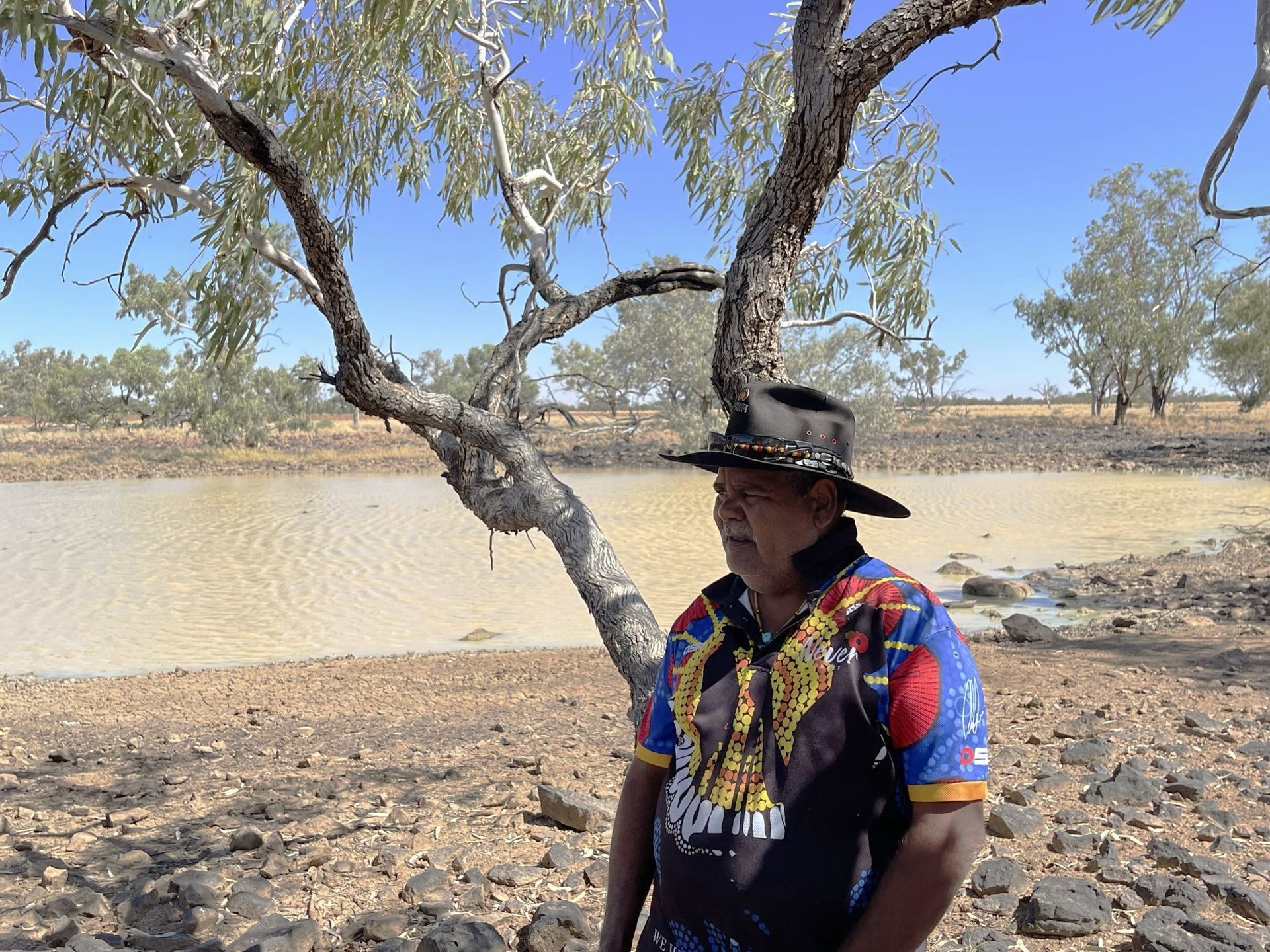
Margany Elder, Kevin Collins
